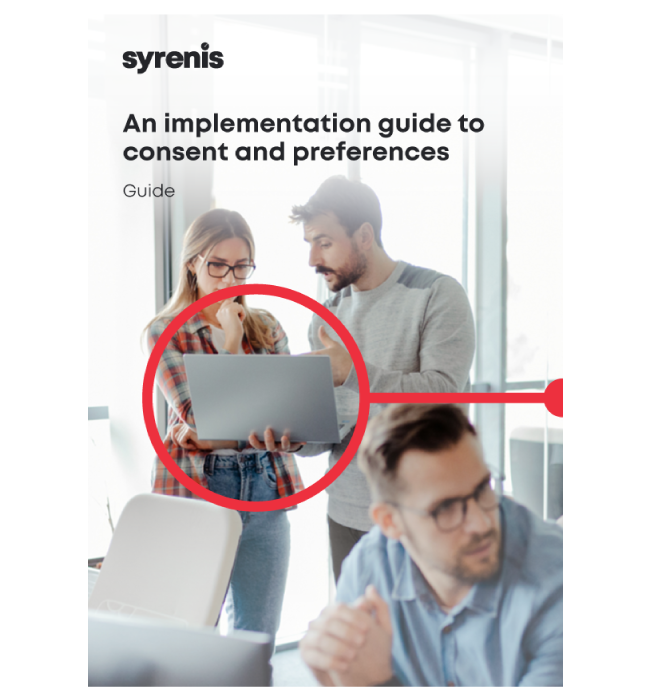The 1:1 consent rule, officially taking effect on January 27, 2025, is a significant update to the Telephone Consumer Protection Act (TCPA), introduced by the Federal Communications Commission (FCC) to close a major loophole in lead generation practices.
Violating TCPA rules can result in fines of up to $1,500 per message and long-term reputational harm, so it’s worth making sure your SMS campaigns are following them.
- What is the 1:1 Consent Rule?
- Why was it introduced?
- What does the rule require?
- 1:1 consent example
- How to manage 1:1 consent effectively
What is the 1:1 Consent Rule?
The rule mandates that prior express written consent must be specific to each individual seller.
In other words, a consumer must give separate, explicit consent to receive marketing messages from each business or brand, not just a general consent that allows multiple companies to contact them.
Why was it introduced?
This rule was designed to stop the abuse of comparison shopping websites and lead generators, which often collected a single consent and then sold or shared it with dozens of businesses.
Consumers would then receive a flood of robocalls or robotexts from companies they had never heard of.
The FCC found that:
- Many of these messages were unwanted and unlawful.
- Consent was often vague, bundled, or nonexistent.
- Consumers were not clearly informed about who would be contacting them.
What does the rule require?
To comply with the 1:1 consent rule:
- Each seller must obtain its own consent from the consumer.
- Consent must be tied to a clear and conspicuous disclosure that the consumer will receive messages from that specific seller.
- The content of the messages must be logically and topically related to the context in which the consumer gave consent (e.g., a mortgage quote site can’t lead to car insurance texts).
- Checkboxes or similar mechanisms must be used to allow consumers to select each seller individually.
For example…
Non-compliant:
A consumer visits a loan comparison site and checks one box that says, “I agree to receive offers from our partners.”
Compliant:
The same site lists each lender separately with individual checkboxes:
☑ I agree to receive messages from Lender A
☐ I agree to receive messages from Lender B
☐ I agree to receive messages from Lender C
Only Lender A can legally send messages if that’s the only box checked.
How to manage 1:1 consent effectively
Complying with the 1:1 consent rule requires more than just updating your web forms.
You need a structured, auditable approach to consent collection and management. This is where Consent and Preference Management (CPM) Platforms become invaluable.
CPM platforms allow businesses to capture, store, and manage consent at an individual level, with advanced granularity and scale available on some, ensuring that each consumer’s permission is tied to a specific brand or campaign.
These platforms can be integrated into lead generation forms, CRMs, and messaging platforms like Twilio to ensure that consent is not only collected properly but also verifiable and traceable.
To manage 1:1 consent effectively:
- Use individual checkboxes for each brand or seller on your forms, and ensure the language clearly states who will be contacting the consumer.
- Store timestamped records of each consent event, including the method of collection and the exact language shown to the user.
- Sync your CPM platform with your messaging platform to ensure that only contacts with valid, brand-specific consent are included in outbound SMS campaigns.
- Regularly audit your consent logs to ensure compliance and readiness in the event of a regulatory inquiry.
By implementing a CPM, businesses can automate much of the SMS compliance process, reduce legal risk, and build greater trust with consumers, who are increasingly aware of and sensitive to how their data is used.

An implementation guide to consent and preferences
Use this document to help implement a Consent and Preference Management Platform (CPM) effectively by designing a comprehensive management framework.
Learn more
